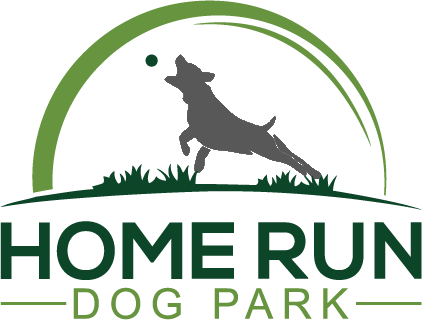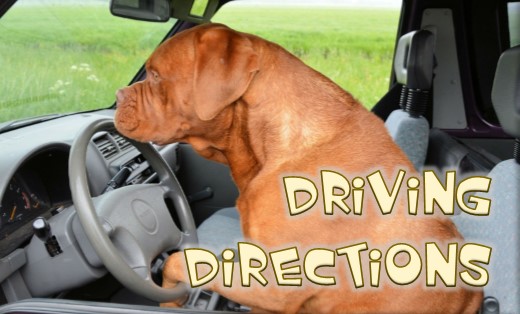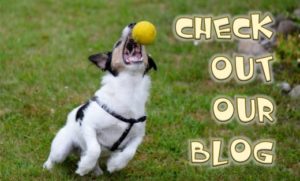What is leash aggression?
The term leash aggression is used to describe dogs that bark, lunge, pull, and carry on, in a reactive and escalated state, toward another dog (or person) while they are attached to a leash. This frustration displays itself in this big display of lunging and barking in attempts to greet the other dog. The dog’s aggression is created when he becomes excited, frustrated or fearful, and all three are reasons for his behavior.
Lack of socialization or proper training can also contribute to leash aggression. A nervous owner can also radiate feelings of fear or excitement though the leash to their dog without realizing it. There is something about being on a leash that a lot of dogs find stressful enough to prompt aggressive behavior.

When does it happen?
When off-leash and in a neutral environment, dogs naturally greet from the side (in an arc) and sniff each other’s genital area. They don’t approach head-on and make hard eye contact unless a fight is about to start. Greetings typically last only a few seconds.
Leashes interfere with a dogs’ normal social interaction. Picture two dogs meeting and greeting, off-leash. They engage in a social dance – advancing, retreating, moving around each other, sniffing various body parts, giving body language signals intended to keep the interaction civil. Sometimes the movements are slow; sometimes they are quick. If one dog is cautious or fearful of the other, he can retreat as he wishes, using social distance to keep himself safe.
Now picture the same interaction with one dog on a leash, the other dog dancing around him. The leashed dog either feels contrainted or can easily get tangled in his own leash. The cautious dog would like to retreat but can’t because he is restrained by the leash. His owner is getting anxious because of the leash entanglement. This interaction can easily escalate to a fight.
How to avoid it.

Unleash your dog as soon as you enter the dog park. That way your dog is free to run about and meet and greet unhindered. Your dog should only be on leash as you enter and exit the park.
If you are not comfortable with that, just drop the leash and say “Go play” the first couple of times. After you see you dog can go play in a calm manner, you will feel more confident that your dog is going to be ok.
After all, that is why the Home Run Dog Park is called an Off-leash dog park.

References:







